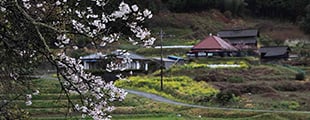Creation of a Nation and Rice Culture
People gathered around rice paddies, worked together, and made connections.
Villages were born, eventually forming a large nation, and by around the 6 th century,
various societal structures had formed.
As rice cultivation became ubiquitous, rice came to be used for taxation.
Rice, a natural blessing, was used to build up the nation’s wealth.
Rice was the foundation on which government and the economy operated, and was also a common currency.
The cultivation of rice, the origin of such wealth, became the nucleus of people’s lives.

Rice had a major effect on culture and faith as well. In places where rice was cultivated,
various customs for each season came into being, such as hanami in spring, where the people
would welcome the return of the kami of the rice paddies, who had gone back to the mountains
during the rice-growers’ off-season, give offerings at the cherry trees where he
resided,
and pray for a good harvest; hanataue at the start of summer, in which young girls
would dress up, plant seedlings and worship the kami of the rice paddies, accompanied
by festival music and rice-planting songs; and akimatsuri, in which people would give thanks for their harvest
and give offerings to the kami. From the spirit of prayer and
thankfulness
for fruitful harvests, a unique and vibrant culture flourished across the nation.

Rice also furthered huge developments in Japan’s food culture. Rice was not only eaten as-is,
but was also processed for a wide variety of other uses, such as seasonings, sake,
mochi, and sweets. By-products such as grass and straw were not wasted,
and were used to make homes with thatched roofs and tatami flooring, as well as straw coats and sandals
to wear.
People made every use possible of the plants, not letting the straw go to waste,
and certainly not the rice itself. The hard-won blessings from rice cultivation were used
by our ancestors to support their lives, and they took advantage of every possible use of the rice.







